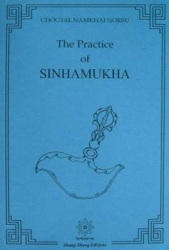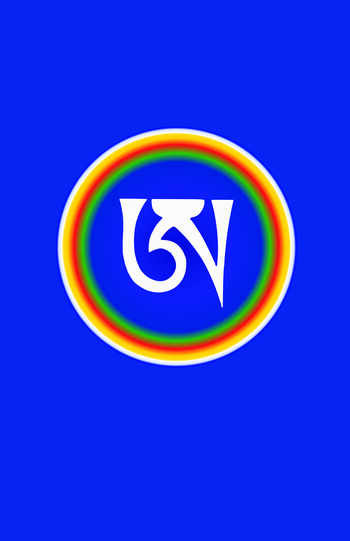The Tibetan word, "Ngondro" literally means "that which has gone before." In Buddhism it is a general term that indicates any kind of preliminary practice, namely those practices that have been done before the essential practice. What is commonly understood by Ngondro is a cycle of practices generally including prostrations, mandala offerings, purification through the Vajrasattva mantra, etc. Practices of this kind are generally included in the ngondro of many traditions of Tibetan Buddhism.
The first section of this book contains seven statements of subjects similar to the ones already mentioned (impermanence, karma, etc.) in which the mind should be trained. It then explains three methods that lead the practitioner to experience the state of mind, which is called "the wisdom beyond any concept." The three methods are:
1. through the union of pleasurable feeling and emptiness
2. through the union of clarity and emptiness
3. through leaving the mind in its own natural state, being present in every thought that occurs.
The second section explains a kind of Guruyoga with the primordial Buddha Samantabhadra.
The third section explains the actual ngondro that is particular to Dzogchen. This ngondro contains two main kinds of practice. The first kind consists of those practices which help the practitioner to understand the difference between the ordinary mind and the nature of mind (Outer and Inner Rushen). The second kind consists of the practice to train the body, voice, and mind, namely "the three doors," so that one can understand and realize the real nature, their indestructible vajra nature (Secret Rushen).
The book ends with an invocation to the Guru, in the words of Longchenpa.
*Reserved Items are the material intended for the Dzogchen Community. In order to purchase these items one must have received Direct Introduction from Chogyal Namkhai Norbu, as well as Transmission for the specific practice.
This product was added to our catalog on Wednesday 08 August, 2012.




